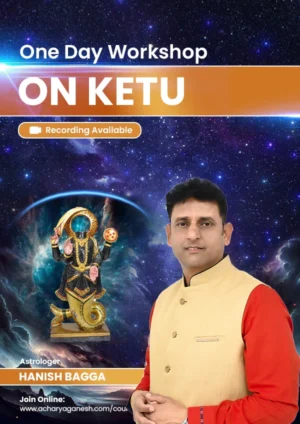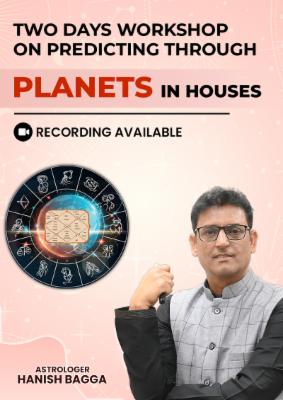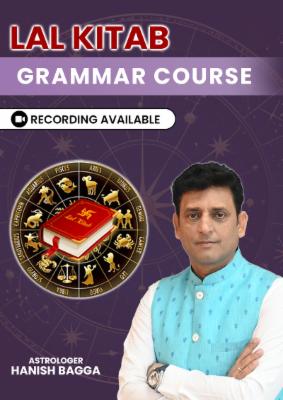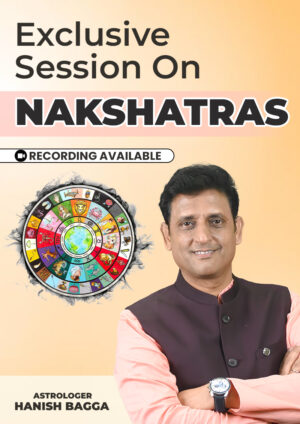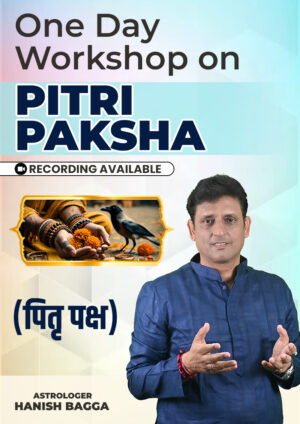- Introduction to Mahishasura Mardini Stotram
- The Origins of Mahishasura Mardini Stotram
- Understanding the Structure of the Stotram
- The Symbolism in Mahishasura Mardini Stotram
- Reciting the Mahishasura Mardini Stotram
- Benefits of Chanting the Mahishasura Mardini Stotram
- The Mahishasura Mardini Stotram in Modern Times
- Learning the Mahishasura Mardini Stotram
- Conclusion
- FAQs About the Mahishasura Mardini Stotram
Introduction to Mahishasura Mardini Stotram
The Mahishasura Mardini Stotram is a powerful and revered hymn in Hindu tradition, dedicated to the goddess Durga. This ancient Sanskrit composition celebrates the triumph of good over evil and the divine feminine energy that protects and nurtures the universe. In this blog post, we’ll delve deep into the origins, significance, and various aspects of this sacred stotram, exploring its rich symbolism and enduring appeal.
The Origins of Mahishasura Mardini Stotram
A Tale As Old as Time
The Mahishasura Mardini Stotram finds its roots in ancient Hindu mythology. It is believed to have been composed by Sage Agastya, one of the most revered sages in Hindu tradition. The stotram narrates the story of Goddess Durga’s battle against the demon Mahishasura, who had terrorized both gods and humans alike.
The Demon Mahishasura
Mahishasura was a powerful demon who had gained a boon of invincibility from Lord Brahma. This boon stated that no man or god could defeat him. Emboldened by this power, Mahishasura wreaked havoc across the three worlds, causing immense suffering to all beings.
The Birth of Goddess Durga
When the gods could no longer bear Mahishasura’s tyranny, they appealed to the divine trinity of Brahma, Vishnu, and Shiva for help. In response, these supreme deities combined their energies to create a powerful goddess – Durga. She was bestowed with weapons from all the gods and sent to battle Mahishasura.
Understanding the Structure of the Stotram
Poetic Brilliance
The Mahishasura Mardini Stotram is a masterpiece of Sanskrit poetry. It consists of 21 verses, each showcasing the beauty and complexity of the Sanskrit language. The stotram is known for its alliteration, rhythm, and powerful imagery that brings the divine battle to life in the listener’s mind.
Significance of the Number 21
The number 21 holds special significance in Hindu tradition. It is believed to represent the completion of a cycle and the beginning of a new one. The 21 verses of the stotram symbolize the complete cycle of creation, preservation, and destruction, embodied by the goddess herself.
The Symbolism in Mahishasura Mardini Stotram
Goddess Durga: The Divine Mother
Throughout the stotram, Goddess Durga is portrayed as the ultimate divine mother. She is described as both fierce and compassionate, embodying the dual nature of creation. Her various epithets in the stotram highlight her roles as a protector, nurturer, and destroyer of evil.
The Battle Against Evil
The central theme of the Mahishasura Mardini Stotram is the eternal battle between good and evil. Mahishasura represents the darkness within us – our ego, ignorance, and negative tendencies. Durga’s victory over him symbolizes the triumph of wisdom over ignorance, light over darkness.
Weapons and Their Meanings
Each weapon wielded by Goddess Durga in the stotram carries deep symbolic meaning. For example:
- The trident represents the three gunas (qualities) of nature
- The bow and arrow symbolize concentration and focus
- The sword denotes discrimination and wisdom
The Power of Divine Feminine Energy
The stotram celebrates the power of Shakti, the divine feminine energy. It emphasizes that this energy is essential for creation, preservation, and destruction in the universe. By invoking the goddess, devotees tap into this primordial energy within themselves.
Reciting the Mahishasura Mardini Stotram
The Power of Sound
In Hindu tradition, the recitation of Sanskrit mantras and stotrams is believed to have a profound effect on the mind and body. The specific combination of sounds in the Mahishasura Mardini Stotram is said to create powerful vibrations that can purify the environment and elevate consciousness.
Proper Pronunciation
To fully harness the power of the stotram, the proper pronunciation is crucial. Many devotees spend years perfecting their recitation under the guidance of learned scholars. However, even for beginners, the act of attempting to recite the stotram with sincerity is considered beneficial.
Time of Recitation
While the Mahishasura Mardini Stotram can be recited at any time, it is particularly powerful when chanted during the nine nights of Navaratri, a festival dedicated to the goddess. Many devotees also choose to recite it at dawn or dusk, considered auspicious times in Hindu tradition.
Benefits of Chanting the Mahishasura Mardini Stotram
Spiritual Growth
Regular recitation of the stotram is believed to accelerate spiritual growth. It helps devotees connect with the divine feminine energy and cultivate qualities like courage, compassion, and wisdom.
Protection from Negative Energies
Many believe that chanting the Mahishasura Mardini Stotram creates a protective shield around the devotee, warding off negative energies and evil influences.
Overcoming Obstacles
Just as Goddess Durga overcame the seemingly invincible Mahishasura, devotees believe that reciting this stotram can help them overcome seemingly insurmountable obstacles in their lives.
Peace of Mind
The rhythmic recitation of the stotram can have a calming effect on the mind, reducing stress and anxiety. Many devotees report feeling a sense of peace and clarity after chanting.
The Mahishasura Mardini Stotram in Modern Times
Adaptations and Performances
Over the years, the Mahishasura Mardini Stotram has been adapted into various musical forms. Famous renditions by artists like M.S. Subbulakshmi have popularized the stotram beyond traditional religious circles.
Integration with Yoga and Meditation
Many modern yoga and meditation practices incorporate the Mahishasura Mardini Stotram. Its powerful vibrations are believed to enhance the benefits of these practices, helping practitioners achieve deeper states of concentration and awareness.
Cultural Significance
The stotram continues to play a significant role in Hindu cultural celebrations, particularly during Navaratri and Durga Puja festivals. It serves as a reminder of the rich spiritual and cultural heritage of India.
Learning the Mahishasura Mardini Stotram
Resources for Beginners
For those interested in learning the stotram, numerous resources are available:
- Online tutorials and videos demonstrating proper pronunciation
- Audio recordings by renowned artists for reference
- Transliterated versions for those unfamiliar with the Devanagari script
The Importance of a Guru
While self-study is possible, many traditionalists emphasize the importance of learning from a qualified guru. A guru can provide personalized guidance, correct pronunciation errors, and offer deeper insights into the meaning of the verses.
Gradual Learning Approach
For beginners, it’s advisable to start with a few verses and gradually build up to the entire stotram. This approach allows for better retention and understanding of the complex Sanskrit verses.
Conclusion
The Mahishasura Mardini Stotram stands as a timeless testament to the power of divine feminine energy and the eternal struggle between good and evil. Its rich symbolism, poetic beauty, and spiritual depth continue to inspire and uplift devotees across generations. Whether approached as a religious practice, a cultural tradition, or a form of spiritual self-discovery, this ancient hymn offers something valuable to all who engage with it.
As we navigate the complexities of modern life, the Mahishasura Mardini Stotram reminds us of the strength that lies within each of us – the power to overcome our inner demons and emerge victorious, just as Goddess Durga triumphed over Mahishasura. By connecting with this sacred tradition, we tap into a wellspring of wisdom that has nourished seekers for centuries.
Whether you’re a seasoned practitioner or a curious newcomer, exploring the Mahishasura Mardini Stotram can be a profound and enriching experience. It invites us to reflect on our own battles, draw upon our inner strength, and embrace the transformative power of divine grace. As you delve deeper into this magnificent hymn, may you find inspiration, solace, and the courage to face life’s challenges with unwavering determination.
For interesting astrology-related videos, subscribe to us on Youtube
FAQs About the Mahishasura Mardini Stotram
To address some common queries about this revered hymn, let’s explore a few frequently asked questions:
1. What is the meaning of “Mahishasura Mardini”?
“Mahishasura Mardini” translates to “The Slayer of Mahishasura.” It refers to Goddess Durga, who defeated the powerful demon Mahishasura. The term encapsulates her role as a protector and vanquisher of evil.
2. How long does it take to recite the full stotram?
The duration can vary based on the speed of recitation and familiarity with the verses. On average, a complete recitation of all 21 verses takes about 10-15 minutes.
3. Is it necessary to understand Sanskrit to benefit from the stotram?
While understanding Sanskrit can deepen one’s appreciation of the stotram, it’s not necessary for deriving benefits. Many devotees believe that the sound vibrations themselves are powerful, regardless of intellectual understanding.
4. Can the Mahishasura Mardini Stotram be recited by anyone?
Yes, the stotram can be recited by anyone, regardless of age, gender, or religious background. It’s often seen as a universal prayer for protection and empowerment.
5. Are there any specific rituals associated with reciting the stotram?
While there are no strict rules, many devotees prefer to recite the stotram after a bath, in front of a deity’s image, or with specific offerings like flowers or incense. However, these are not mandatory, and the stotram can be recited in any clean and quiet place.


